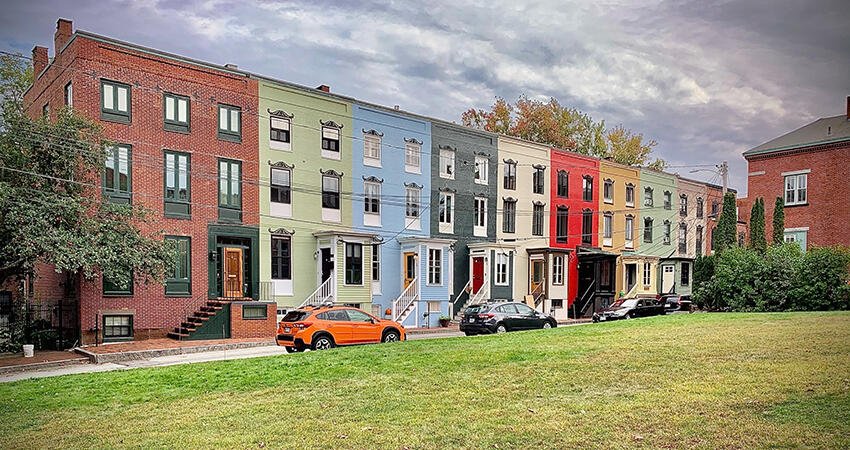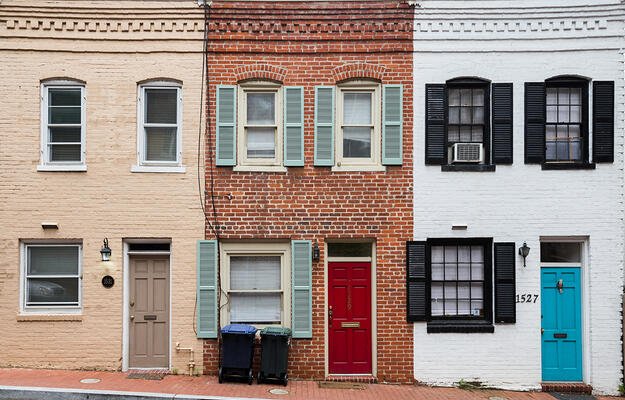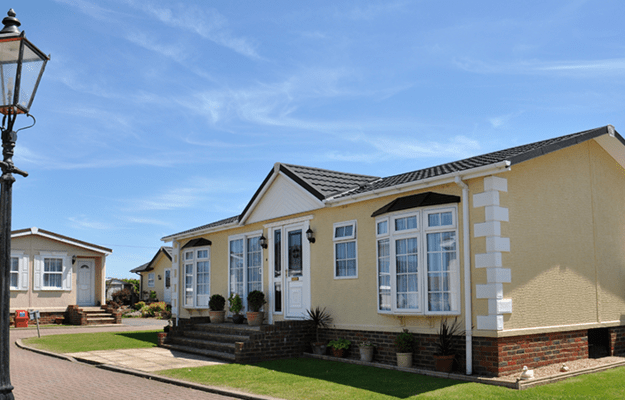
(justjoshfunk1/Shutterstock)
The State of Women's Homeownership
A recent analysis by LendingTree found that single women own about 2.64 million more homes than single men in the US. These numbers highlight the recent housing gains experienced by women, especially as the path to homeownership hasn’t always been straightforward.
Many historic and long-standing barriers have limited housing opportunities for women, especially women of color. However, over the past 30 years, women have steadily increased their presence in the housing market. What can policymakers do to ensure homeownership continues to be accessible for all women, even as the housing market fluctuates?
Historic homeownership barriers for women
Historically, women haven’t had the same access to financial systems as men. Before the mid-1990s, women didn’t have equal access to property ownership, access to credit, and, depending on their state and marital status, their own personal income. The passage of the Fair Housing Act of 1968 was one of the first federal laws that encouraged fair access for women; it prohibited discrimination in homebuying, homeownership, and rental real estate on the basis of sex, race, religion and a number of other protected classes. Yet, while women had “fair access” to rental and ownership, many women still couldn’t apply for loans or credit, which limited access to homeownership.
In 1974, the Equal Credit Opportunity Act granted single women the right to apply for loans and credit, removing one key barrier to homeownership. However, for women of color, particularly Black women, the road to homeownership was especially difficult because they faced decades of racist housing policies such as lower appraisal values and higher mortgage rates, as well as disparities in the labor market that have created deep income inequalities and wealth gaps.
By the 1980s, national cultural shifts led more women to enter the workforce, which narrowed the gender pay gap significantly.
Single women own more homes than single men
In 1981, there were more single women homeowners than single men, and single women have outpaced single men in purchases every year since. Evidence shows single women are more likely to make financial sacrifices to achieve homeownership than single men, despite earning less on average.
An Urban Institute report shows married women have also made major gains. Over the past 30 years, the homeownership rate of households led by single and married women has grown while the homeownership rate of households led by men has fallen. The growing homeownership rate among women can be attributed to more married women being identified as heads of household and the significant gains women have made in closing both the income and the education gaps. This trend is consistent across all racial and ethnic groups. Black married women make up the largest share of women-headed households at 53 percent, and more Black women have a bachelor’s degree (25 percent) than Black men (24 percent).
The LendingTree analysis looked at 2021 Census Bureau data and found single women own roughly 10.7 million homes, compared with 8.1 million for single men. Across the US, women owned more homes than men in 48 states, with North Dakota and South Dakota being the only states where single men own a higher share of homes than single women.
Because women still earn less than men on average, the homeownership gap between single women and single men may be surprising. However, the analysis explains that women are twice as likely than men to report being widowed. These women may have purchased their homes with their spouse, and then became the primary homeowner after their spouse passed. This could explain why single-women homeowners are typically older than their male counterparts, despite the pay gap being wider for older Americans.
The analysis also suggests single women prioritize homeownership more than single men.
The gender gap in housing returns
Despite these gains, a recent Yale study found that single women see significantly lower returns from buying and selling real estate than single men. Because homeownership is one of the primary ways people can build wealth and achieve financial stability, inequalities in homeownership costs and benefits may limit the ability of women to help close the wealth divide. The study found that single women pay around 2 percent more when purchasing a house and sell it for 2 percent less. In dollar terms, single women lose $1,600 per year relative to single men on the same house.
Timing of when you sell and buy matters, and because the research shows single men are more flexible, they’re better able to time the market. Because women are more likely to have children or other dependents than single men, their ability to engage in market timing could be limited. After timing, negotiation is the next-biggest factor. The authors emphasize that women doing worse in the negotiation process doesn’t necessarily mean they are doing anything wrong, but external biases can affect their ability to get the same discounts men are getting.
How can policymakers ensure women continue to achieve homeownership gains?
The gender pay gap is one of the primary obstacles to homeownership for women and is particularly acute for women of color, limiting their access to credit and loans. Because single women have a weaker credit profile, they tend to pay more on their mortgages than men. However, data show that women are better at paying their mortgages than men. And yet, they are still more likely to be denied a mortgage.
This suggests the current systems that predict performance aren’t adequately capturing single women’s ability to pay off their mortgages. Developing a more robust and accurate measure of risk is particularly important, given that more than one-third of women-only borrowers are women of color and almost half of them live in low-income communities.
An Urban Institute report highlights how incorporating cash-flow data and rental payment information could help expand access to loans for borrowers with missing or thin credit profiles. This would disproportionately benefit Black and Latino borrowers—ultimately helping close the racial and gender homeownership gaps.


